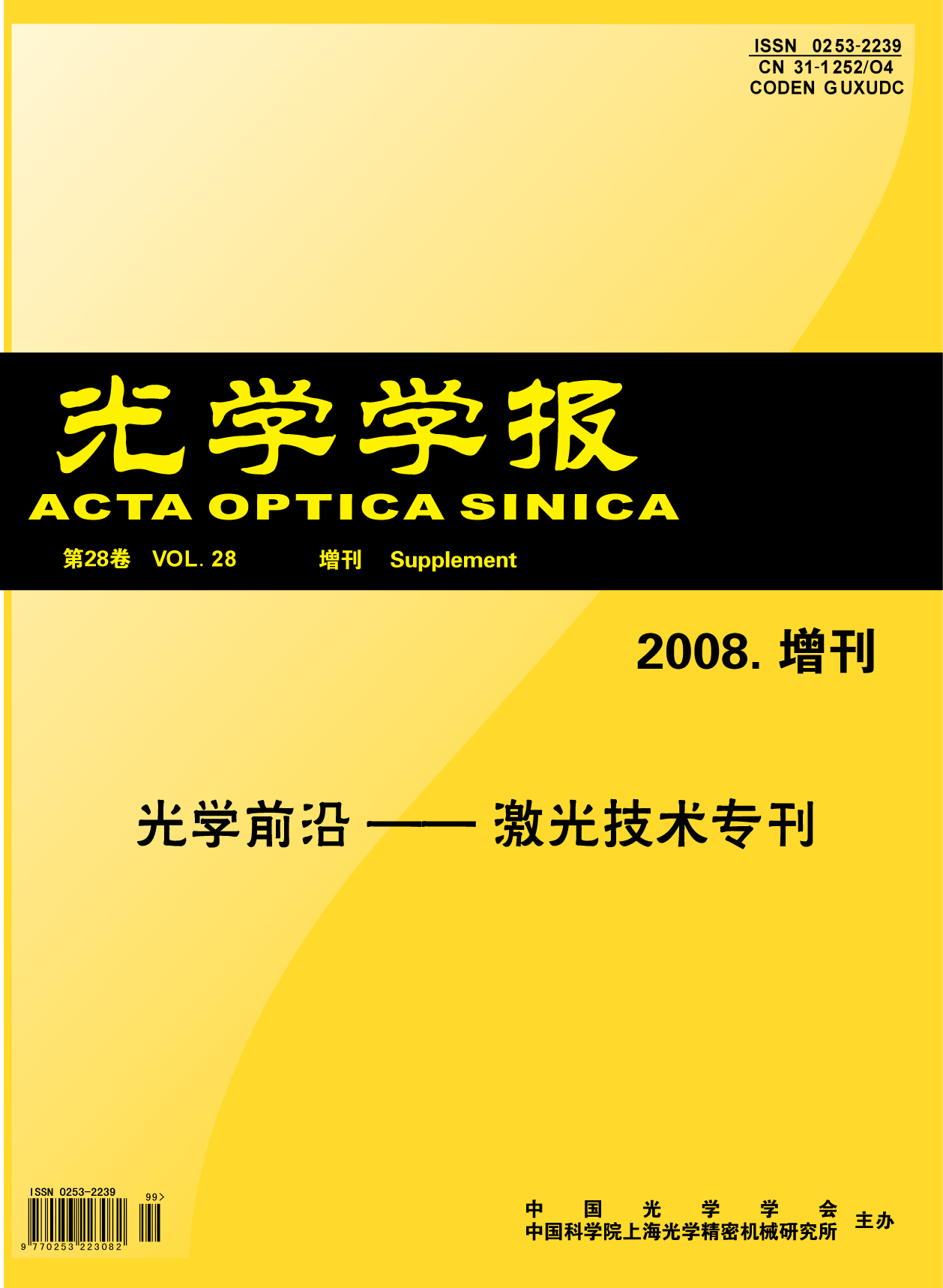光学学报, 2008, 28 (s1): 23, 网络出版: 2008-08-16
高功率固体激光性能仿真模型
High-Power Solid-State Laser Performance Simulation Model
固体激光器 仿真模型 线性回归 增益-通量曲线 神光-Ⅲ原型装置 solid-state laser simulation model linear regression algorithm gain-fluence curve technical integration line (TIL)
摘要
为实现高功率固体激光装置的能量平衡和功率平衡,开发了激光性能仿真模型为神光-Ⅲ原型装置的运行提供实时预测。模型能够确定系统参数设置(注入能量、注入脉冲波形和参数诊断衰减设置等)。注入能量的预测采用基于以往实验数据的放大曲线拟合方法。平顶脉冲的注入波形预测采用循环迭代算法,整形脉冲波形的预测采用增益-通量曲线法。参数诊断衰减设置是通过基于SG99光传输放大模型的全光路模拟计算实现。对原型装置的仿真表明,能量预测偏差在5%以内; 基频光束间能量分散度可控制在10%以内。模型已成为神光-Ⅲ原型装置运行仿真的有效工具。
Abstract
To realize energy balance and power balance of high-power solid-state laser facility, laser performance simulation model (LPSM) is developed to provide real-time prediction for the Technical Integration Line (TIL). This model is used to determine the system setpoints, such as injection energy, injection pulse shape, attenuations, and laser diagnostic settings. Injection energy is predicted by fitting the amplification curve based on diagnostic energy feedback from previous TIL shots, input pulse shape for flat-top pulse output by iterative loop method, temporally shaped pulse shape by the method of gain-fluence curve, and laser power and energy for laser diagnostic settings by beam propagation and amplification code named SG99. Real-time adjustments of the model parameters allow the LPSM to predict energy within 5%, and provide energy balance within the eight beamlines less than 10% (root-mean-square) for shots varying from 0.5 to 4 kJ (1053 nm) per beamline. The LPSM has been a crucial tool in the commissioning of the TIL.
王文义, 赵润昌, 粟敬钦, 莫磊, 李阳春, 王方, 刘兰琴. 高功率固体激光性能仿真模型[J]. 光学学报, 2008, 28(s1): 23. Wang Wenyi, Zhao Runchang, Su Jingqin, Mo lei, Li Yangchun, Wang Fang, Liu Lanqin. High-Power Solid-State Laser Performance Simulation Model[J]. Acta Optica Sinica, 2008, 28(s1): 23.





